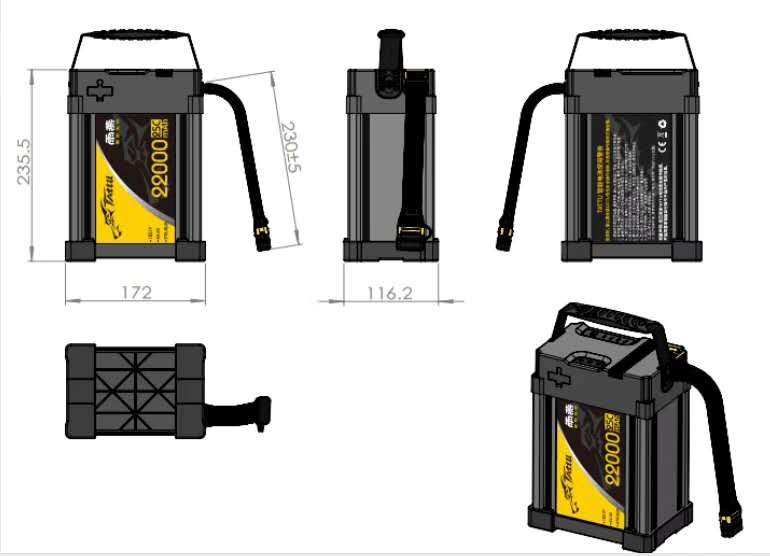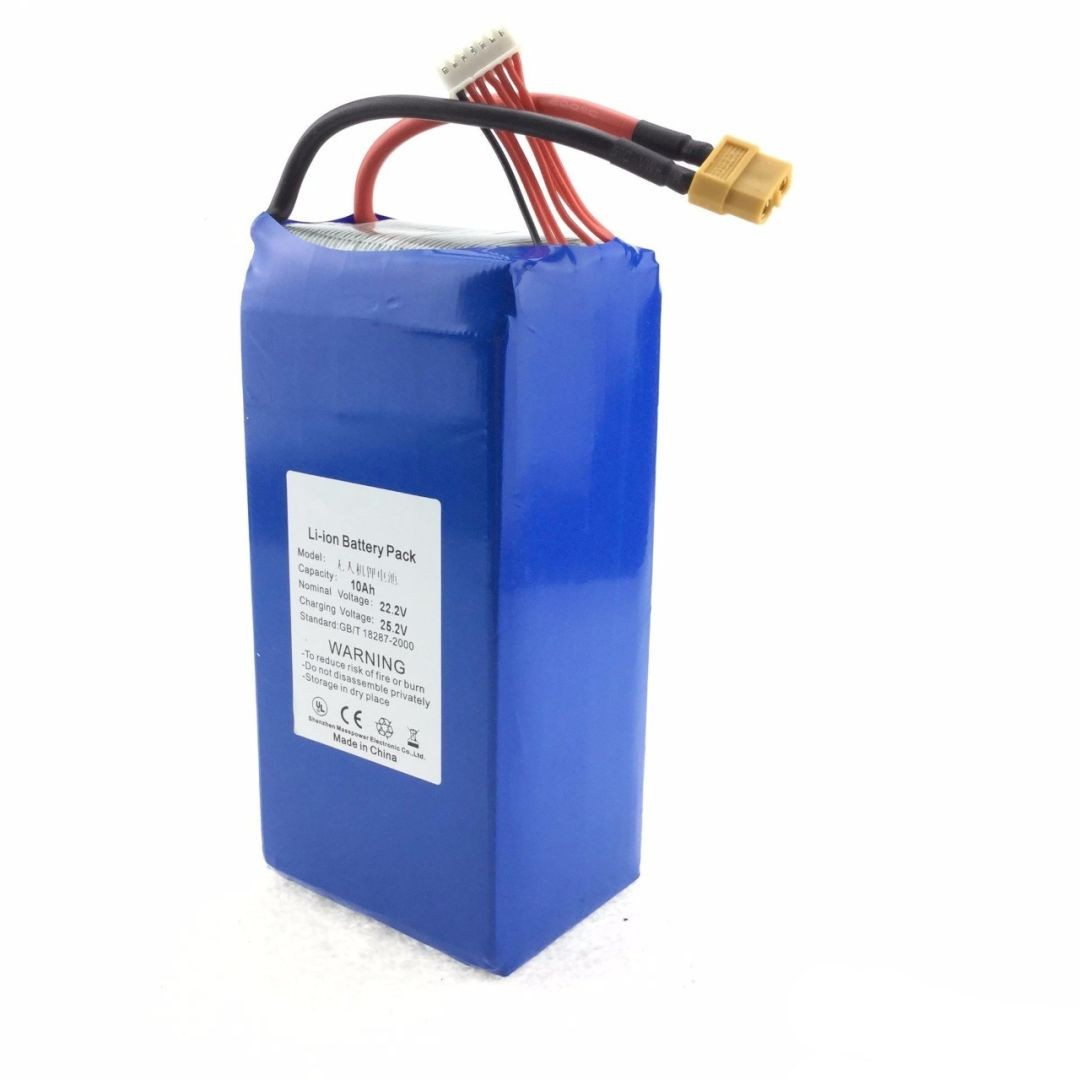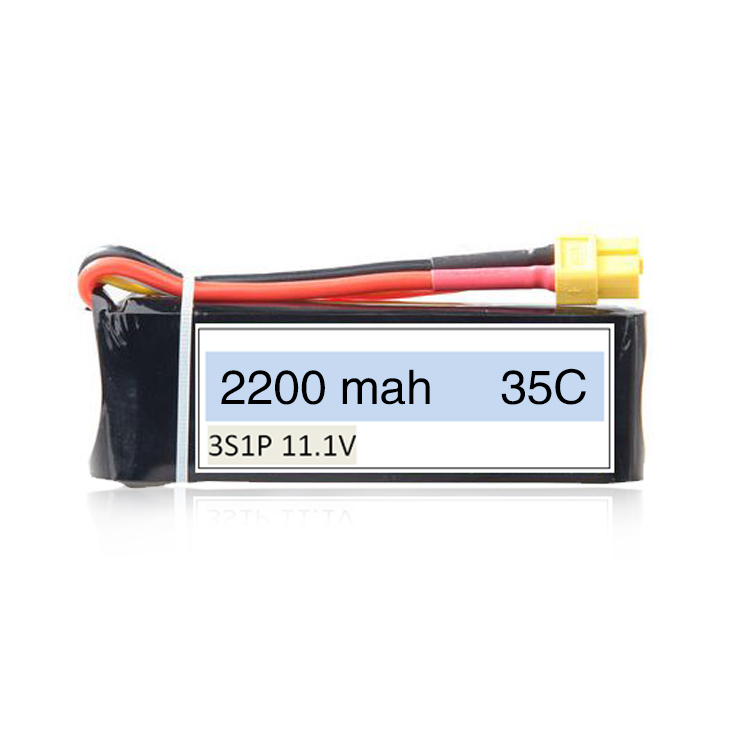How to use and maintain drone batteries correctly?
At present, most of drones use lithium batteries as their power source. The battery is also an important part of the drone's power system. It is expensive, and only proper use and maintenance can make it more durable. FlyDragon shares the following points to everyone for reference

Over discharge
The discharge curve of the battery shows that at the beginning of the discharge, the voltage drops relatively quickly, but when the discharge reaches between 3.9V and 3.7V, the voltage drops not fast. But once it drops to 3.7V, the voltage drop speed will increase, and poor control will lead to over-discharge, which can damage the battery or cause a crash if the voltage is too low. Some friends will over-discharge every time they fly because they have fewer batteries. Such batteries are very short-lived. It is better to buy two more batteries one to fly, one for backup. when the battery alarm, you should land as soon as possible.
Don't charge too much
Some chargers have imperfect power-off function after being fully charged, causing the single-cell battery to be fully charged to 4.2V without stopping charging. In addition, after some chargers have been used for a period of time, due to the aging of the components, the problem of non-stop charging may occur. Therefore, the lithium polymer battery must be watched when charging. When the charging time is found to be too long, manually check whether the charger is malfunctioning. If there is a malfunction, unplug the battery as soon as possible, otherwise the lithium polymer battery will be overcharged and the battery will be affected. Life, or direct explosion and fire. In addition, remind everyone that when charging, be sure to charge the battery according to the specified charging C number or a lower C number, and not exceed the specified charging current.
Dissatisfied with battery save
A fully charged battery cannot be stored for more than 3 days at full charge. If it is not discharged for more than a week, some batteries will swell directly. Even if it does not swell, the battery may be directly scrapped after several full charge storage. Therefore, the correct way is to charge the single-chip voltage to 3.80~3.90V if there is no flight within 3 days after using the battery. The battery should be stored in a cool environment. The recommended ambient temperature is 10~25°C, and it should be dry and free of corrosive gas.

Does not damage the skin
The outer skin of the battery is an important structure to prevent the battery from exploding and leaking. The damage of the aluminum-plastic outer skin of the lithium polymer battery will directly cause the battery to catch fire or explode. The battery should be handled gently, and the cable tie should be tightened when fixing the battery on the airplane. Because there is a possibility that the battery will be thrown out due to the tightness of the tie when flying in a big dynamic flight or crashing, which will easily cause damage to the battery skin.

Safe placement environment
1. Do not charge and discharge in high/low temperature environment. Extreme temperature will affect the performance and life of the battery. Before charging, check whether the used battery has cooled down. Do not charge or discharge in a cold garage, basement, under direct sunlight or near a heat source.
2. The battery should be stored in a cool environment. When storing the battery for a long time, it is best to put it in a sealed bag or in a sealed explosion-proof box. The recommended ambient temperature is 10~25°C, and it is dry and non-corrosive.
3. Before taking off, heat the battery and keep the battery in a warm environment, such as in the house, in the car, in the incubator, etc. To quickly install the battery when taking off, and perform the flight mission. When flying at low temperatures, try to shorten the time to half of normal temperature to ensure safe flight. There are often low temperatures in the north or high altitude areas. At this time, if the battery is left outside for a long time, its discharge performance will be greatly reduced. If you have to fly with the flight time at normal temperature, it will definitely cause problems. At this time, the alarm voltage should be increased (for example, the single-chip alarm voltage is adjusted to 3.8V), because the voltage drop will be very fast in a low temperature environment, and the alarm will immediately drop.
Safe transportation
Batteries are most afraid of bumps and friction. Transportation bumps may cause a short circuit in the external equalization line of the battery, which will directly cause the battery to ignite or explode. At the same time, it is necessary to prevent the conductive material from contacting the positive and negative electrodes of the battery and short-circuiting at the same time. During transportation, the best way is to put the battery in a ziplock bag separately and put it in an explosion-proof box. Some pesticide additives are flammable additives, so they should be placed separately from the battery.
UP1200+ Drone Charger help you easy to maintain drone battery

Drone Battery Charger Ultra Power UP1200+ 25A UAV/Agricultural Drone Fast Balance Charger With Display Screen For 8 Channel 2-6S LiPo LiHV Battery
Drone Battery Charger P1200+ have a color display screen to clearly show the charging status, the user can well know the charging data, like charging current, battery voltage, battery capacity, battery level, charging time etc.. Also, In addition to connecting 8 batteries, you can also connect a 2S/3S battery to the radio battery connection port.
Specification
|
Product name
|
UAV Charger UP1200+ Eight Channels with display screen
|
|
Input voltage
|
AC 110V or 220V
|
|
Charge power
|
1200W(2x600W)
|
|
Discharge Power
|
280W (35Wx8)
|
|
Charge current range
|
5A/10A/15A/20A/25A
|
|
Battery type
|
LiPo/LiHV
|
|
Battery cell count
|
2 – 6S
|
|
Working mode
|
Charge/Fast Charge/Storage
|
|
Balance current
|
1.5A/cell
|
|
Net Weight
|
4.61KG
|
|
Dimensions
|
270X190X160 mm
|
Special Features
1.Three working mode: Charge/Fast Charge/Storage mode
2. Support charging 8 pcs of 2-6S LiPo/LiHV batteries and built-in charging nanny, 4 channels per side.
3. Each side works independently, the charger can automatically turn to the next battery pack once fully charged.
4. Support to charge/discharge with 8 battery packs simultaneously under storage mode.
5. With independent radio battery connection port, support to charge 2S/3S radio battery.
(Only one radio battery can be charged one time).
6. Memorizing last charging current.
7. Multiple protection function: over-voltage, over-current, reverse polarity, and over-temperature protection.















